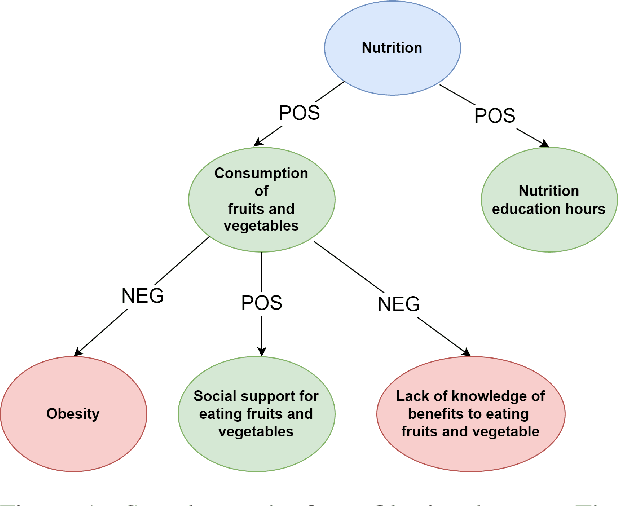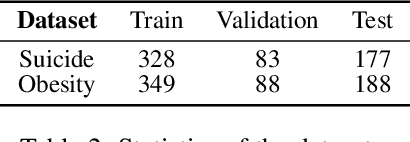Vijay K. Mago
Narrating Causal Graphs with Large Language Models
Mar 11, 2024



Abstract:The use of generative AI to create text descriptions from graphs has mostly focused on knowledge graphs, which connect concepts using facts. In this work we explore the capability of large pretrained language models to generate text from causal graphs, where salient concepts are represented as nodes and causality is represented via directed, typed edges. The causal reasoning encoded in these graphs can support applications as diverse as healthcare or marketing. Using two publicly available causal graph datasets, we empirically investigate the performance of four GPT-3 models under various settings. Our results indicate that while causal text descriptions improve with training data, compared to fact-based graphs, they are harder to generate under zero-shot settings. Results further suggest that users of generative AI can deploy future applications faster since similar performances are obtained when training a model with only a few examples as compared to fine-tuning via a large curated dataset.
 Add to Chrome
Add to Chrome Add to Firefox
Add to Firefox Add to Edge
Add to Edge